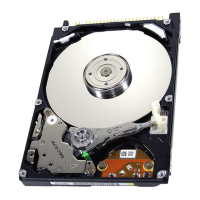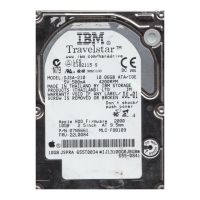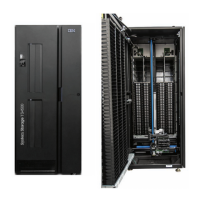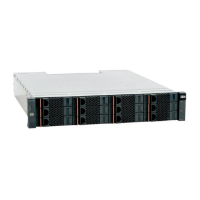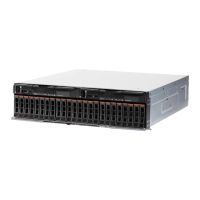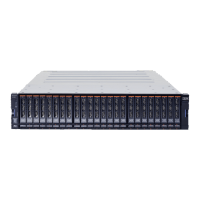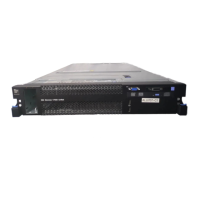This power-down sequence should be followed for entry into any system power-down state, system
suspend state, or system hibernation state. In a robustly designed system, emergency unload is limited to
rare scenarios, such as battery removal during operation.
6.4.6.3 Power switch design considerations
In systems that use the Travelstar 60GH & 40GN consideration should be given to the design of the
system power switch.
IBM recommends that the switch operate under control of the BIOS, as opposed to being hardwired. The
same recommendation is made for cover-close switches. When a hardwired switch is turned off, emergen-
cy unload occurs, as well as the problems cited in section 5.1, "Data loss by power off" on page 19 and
section 5.2, “Write Cache” on page 19.
6.4.6.4 Test considerations
Start/stop testing is classically performed to verify head/disk durability. The heads do not land on the disk,
so this type of test should be viewed as a test of the load/unload function.
Start/Stop testing should be done by commands through the interface, not
by power cycling the drive.
Simple power cycling of the drive invokes the emergency unload mechanism and subjects the HDD to
nontypical mechanical stress.
Power cycling testing may be required to test the boot-up function of the system. In this case IBM recom-
mends that the power-off portion of the cycle contain the sequence specified in section 6.4.6.2, "Required
Power-Off Sequence” on page 29. If this is not done, the emergency unload function is invoked and non-
typical stress results.
Travelstar 60GH & 40GN hard disk drive specifications
30

